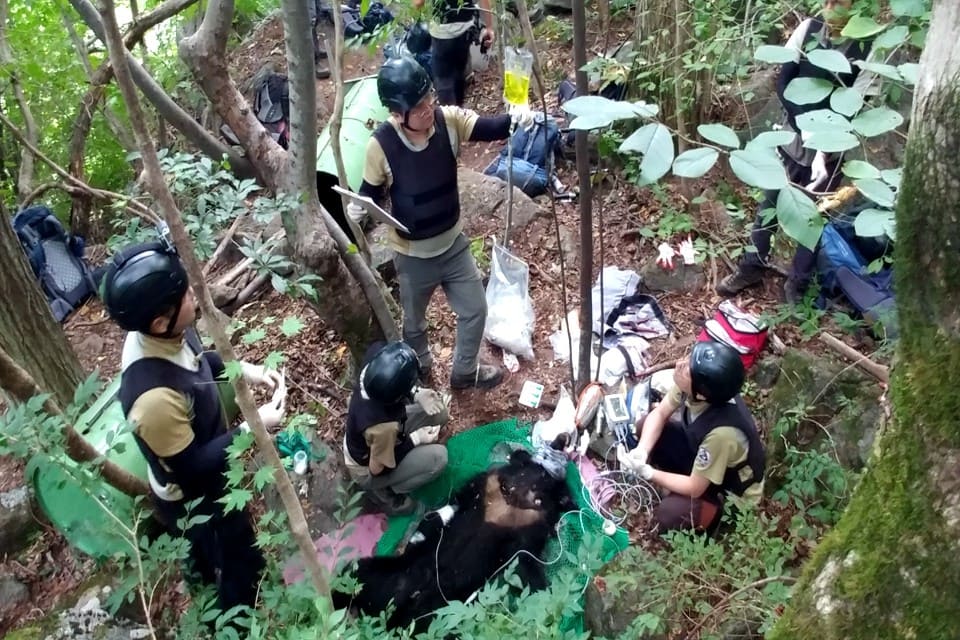Asiatic black bears occupy a special place in Korean folklore. The cute creatures, called ‘moon bears’ due to the crescent of white fur on their chests, appear as characters in stories, and cartoon depictions of moon bears were chosen as the mascot for the Paralympics held in Seoul in 1988 and this year in Pyeongchang. There is even a craft beer named after them.


